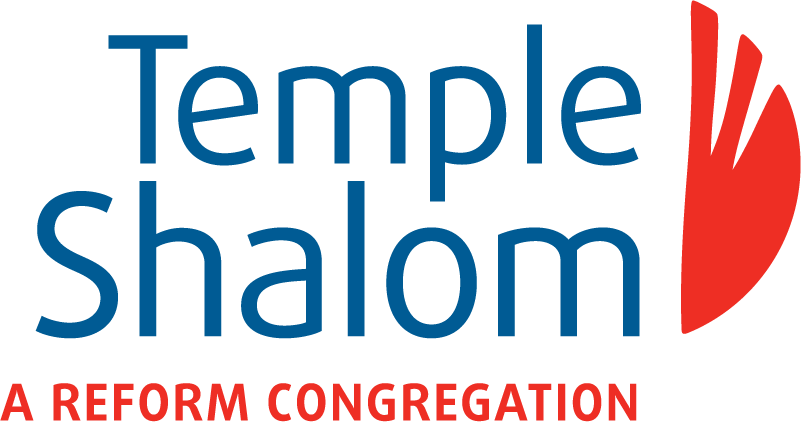Seeing Ourselves in the Sacred Story
B’midbar, Numbers 1:1−4:20 RABBI LEAH R. BERKOWITZ
“When I was a child I was told all the stories
again and again, who was related to whom,
and why, and who died and why but
I always forgot.
Years later, I have no one to tell me the stories….They kept trying to decide whose eyes I had,
whose nose, and what were my talents,
I didn’t listen.Now I want to know, I want to know where
I fit in that long line of descendants from
the country of old.”– From “They Had Names” by Susan Glickman, The Torah: A Women’s Commentary, p. 814
If I asked you to imagine yourself as a character in the Torah, who would you want to be?
I like to ask this question when I teach midrash—creative interpretation of the biblical narrative—so that students can try on different personas and begin to see themselves in our sacred story. It also helps us consider whose stories aren’t being told.
When we imagine ourselves on the journey to the Promised Land, it is tempting to take on a major leadership role. We want to be Moses, Miriam, Aaron, or even God.
But it is important to remember that sometimes we are Israelite #12,473; just another newly freed slave, muddling through the wilderness, nervously kvetching (complaining) as we try to survive another day on our long trek towards the Promised Land.
And that doesn’t make us any less important than the “main characters.”
The book of Numbers, as its English name suggests, begins and ends with God telling Moses to count the Israelites by taking a census. The Rabbis liken this task to a merchant taking inventory of precious stones. If a merchant trades in glass beads, there is no need to count each item individually. They can just eyeball the amount and make an estimate for their records. But the Israelites, they say, are like fine pearls. We need to be counted, one by one, because each of us is precious and unique (Numbers Rabbah 4:2).
While this is a beautiful teaching, as modern readers, we can’t help but notice that it’s not quite true that every pearl is counted.
Moses first counts Israelite men over the age of 20 “who are able to bear arms” (603,550 were counted), then firstborn males over one month old (22,273), then male Levites one month and older who will be responsible for the care and transport of all the components of the (22,000).
These numbers include notable figures like Moses and Aaron, but also supporting characters: the 12 spies who scouted out the Promised Land and the 250 chieftains who join Korach’s rebellion against Moses and Aaron. The count would have included Pinchas, a zealous priest who becomes a vigilante, and the sinning Israelite he later killed.
However, the census excludes all women, most children, people with disabilities, as disabilities would preclude them from serving in the army or the Mishkan, and those in the “mixed multitude” mentioned in Exodus 12:38 who aren’t considered Israelites but are still along for the ride. Miriam—Moses and Aaron’s sister, leader, and a prophet in her own right—isn’t counted. Neither is Moses’ Midianite wife, Tzipporah, or her father, Yitro, who more than once serves as a source of wisdom to his son-in-law as Moses leads the Israelites forward.
How do these uncounted and sometimes unnamed people fit into our sacred story?
Dr. Adriane Leveen notes that the book of Numbers is made up of “a noteworthy variety of genres: ancient poetry, narratives of complaint and rebellion, a legendary tale involving a talking ass, law and ritual, two censuses, a travelogue, and an archival list.” While one might take this to mean that this book was compiled haphazardly, Dr. Leveen likens this book to “an intricately designed quilt” in which opposing views are preserved, traditions are established and challenged, and “different stories and texts are undeniably linked together in a larger whole” (Memory and Tradition in the Book of Numbers, pp. 23-27).
Building on the textile metaphor, we might consider the “counted” Israelites to be the “warp” of the woven cloth, and the uncounted Israelites to be the “weft.” One element provides structure, the other adds color and texture. If either were removed, the fabric would fall apart.
Drawing on these census numbers, 17th century Polish Kabbalist Rabbi Nathan Nota Spira suggests that each of the 600,000 Israelites at Sinai represents one letter in the Torah. Just as a Torah scroll is considered invalid even if one letter is missing, our covenant would not be complete if even one person had been missing at Mount Sinai (Megaleh Amukot, Yalkut Reuveni, Itturei Torah Genesis 1:1).
We might say that the book of Numbers wouldn’t be complete if it were only a book of numbers. Starting out with a census suggests that all we need to get to the Promised Land as an army in perfect formation. But to tell the truest version of our story, we need people of all ages, genders, ethnicities, races, backgrounds, and abilities. We need people who provide instruction, leadership, and guidance, but we also need the wanderers, rebels, and kvetchers who express our fear, doubt, anxiety, and impatience.
Our sacred story is held together both by what’s in the foreground and the background; the laws we receive and the ones we rebel against; the people we count and the people we don’t. Each is a thread in the fabric that makes up our sacred story. If even one of these elements were missing, the story would be incomplete.
